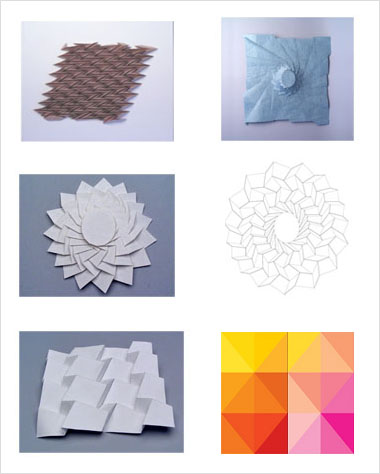An article by Om Malik at GigaOm discusses Google’s challenges in transitioning away from their famously minimalist User Experience (Ux) to one that is more engaging for its consumer product offerings. Malik’s article mentions that Google is aware of the disconnect in their products and that they are taking corrective measures. The article leaves out the specifics of how Google will address these challenges.
This got me thinking; is there a business strategy that technology companies could adopt in order to systematically create elegant user experiences? Here is what I would recommend to any company looking to establish itself as a Ux powerhouse:
- Hire a CEO (or more realistically a Chief Design Officer) whose leadership, core job function, and incentives are focused on driving exceptional quality user experiences into the company’s products and service offerings
- Make elegant Ux a centerpiece of corporate business strategy
- Hire top-tier designers to work on the product and service offerings
- Design and build an elegant Ux platform that will engage users
- Make constant Ux refinement a major focus in every product release
- Build 1 or 2 game-changing features in each release
- Avoid “incrementalist feature development”. This approach plauges 98% of the software/tech industry and just adds clutter to products and services, makes them more confusing, more difficult to build, harder to maintain and refactor, and problematic to support.
- Do not empower or incent engineers and product managers to make the ultimate design decisions about what will ship as product Ux
- Do perform “user acceptance testing” to ensure that your design ideas make sense, are usable, and perceived as elegant
- Ensure that your products and services undergo a rigorous Quality Assurance program where every behavioral and visual detail is refined to perfection before the product is released to customers




